#bunchgrass
Text
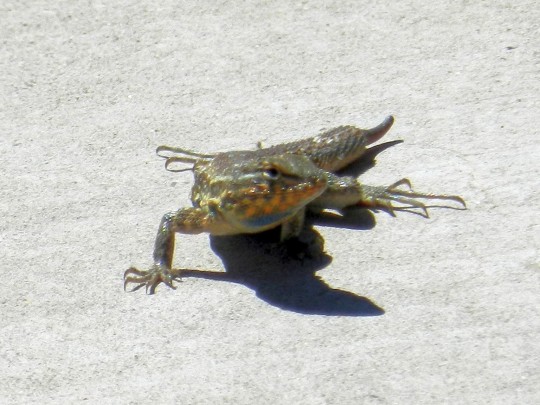
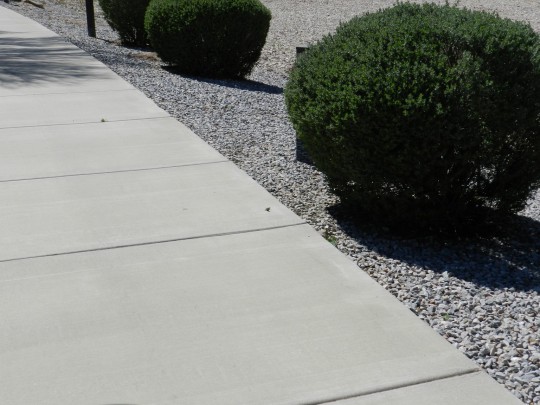

Little Lizard - March 2024
If I stopped to take a picture of every lizard sunning itself on the bike trail in the Mission Valley subdivision, my bike ride would take all day. The other factor is that you have to move up to them very slowly and know when you are close enough to take a picture but not so close that they will skitter back under the bushes. I think this is a Slevin's Bunchgrass Lizard (Sceloporus slevini), but I can’t really be sure. There are a LOT of lizards in Arizona. Image three is a chart I use to try to name some of them. It has 58 lizards on it and there are many more that are much less common.
MWM
1 note
·
View note
Text
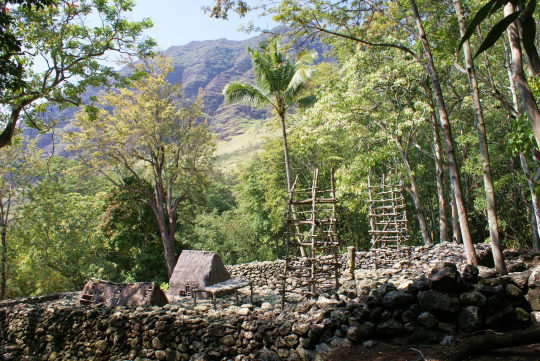
Kane'aki Heiau, Oahu, Hawai'i
Built in the 16th century, Kane'aki Heiau is considered the best preserved heiau on Oahu. It is located on the island's leeward (west) side in Makaha Valley. One reason why the heiau is in such a good shape is because it has been completely restored. It was reconstructed with traditional ohia tree logs and pili, a bunchgrass, and includes an altar, god images, two prayer towers, a drum house and a taboo house.
The heiau is dedicated to Lono, the god of agriculture and fertility. A large stone at the heiau is “Pohaku o Kane” (Stone of Kane). Kane is one of the major gods and is regarded as the guardian over the heiau up until today. King Kamehameha used to worship here and the heiau was in use until his death in 1812.
15 notes
·
View notes
Text


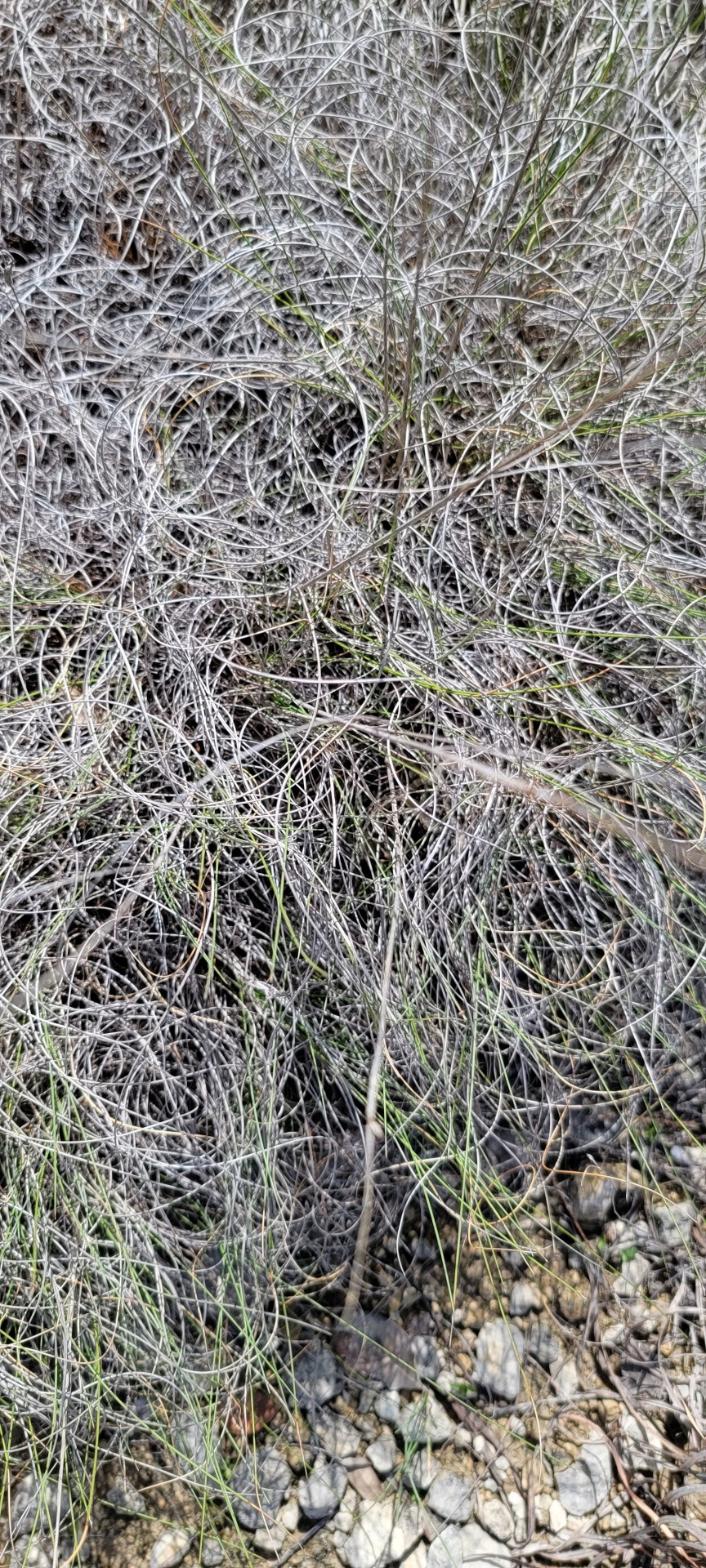
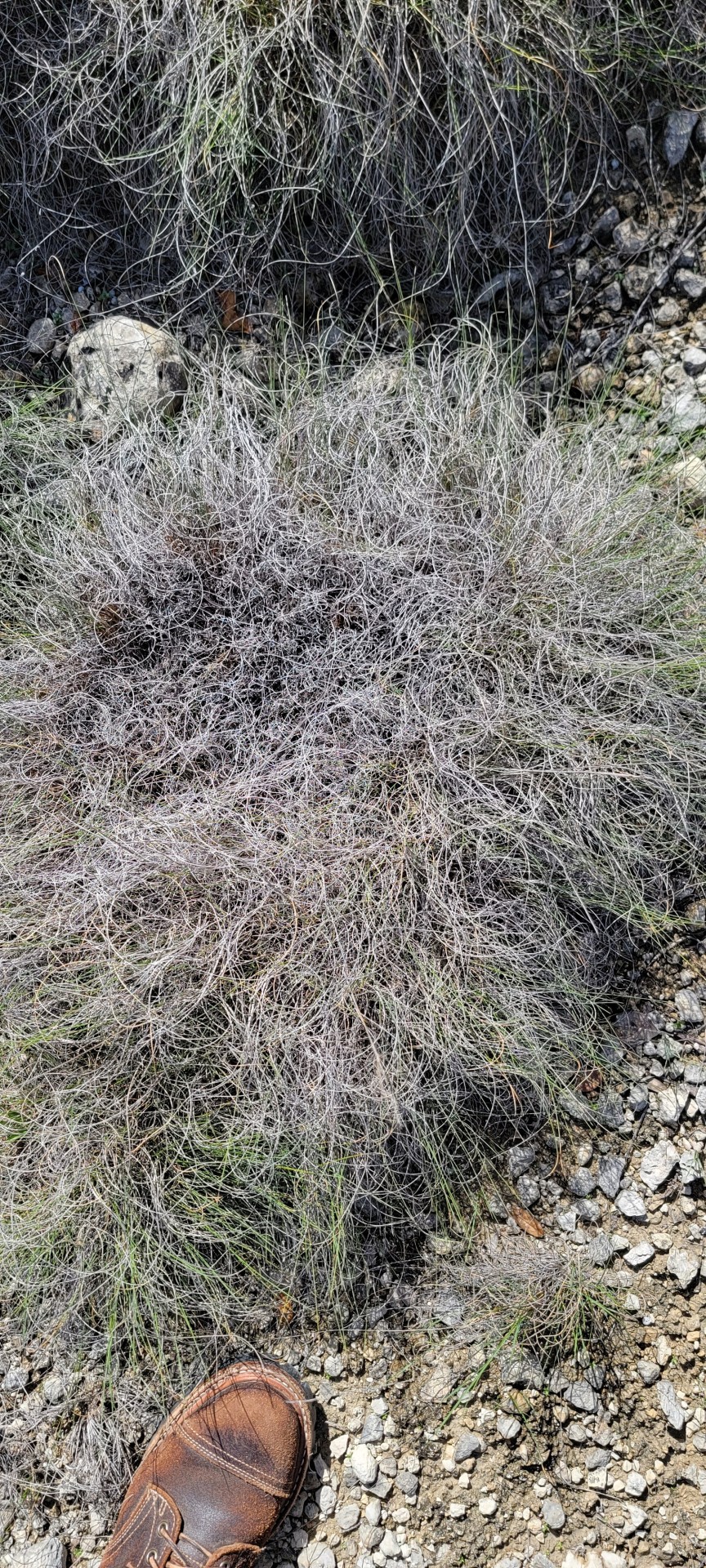
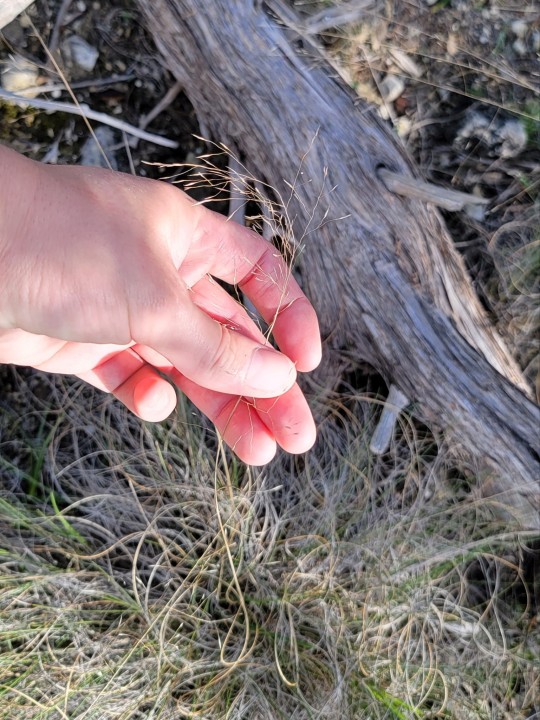
Seep muhly (Muhlenbergia reverchonii). Like its larger and more widely cultivated relative Gulf muhly, this is a bunchgrass, meaning they form discrete clumps rather than spreading out via rhizomes or stolons like a sod grass. These are just breaking domancy, allowing a clear view of the wiry, curly, dead blades retained at the base, forming dense mounds. These help trap seeds that might otherwise continue to wash or blow downhill. While the clumps themselves are too tightly packed for anything to grow through, you will often find other plants on their immediate perimeter.
19 notes
·
View notes
Text
Okay, the grass is long enough I can recognize species at a glance by blade or form or color, so thinning it out before I mow, took out a lot of bunchgrasses, spikegrasses, and beachgrasses, not to mention a few stray deadnettles, some clover I wiped out last year but not before it set seed, and seafoam is back, that's the real tiny stuff. No more bittercress, though.
Taking a break for some salmon rice and I'll be back out.
6 notes
·
View notes
Text
autumn begins
autumn begins unnoticed
nights slowly grow longer
and little by little
clear winds turn much colder
summer's heat gives way
my thatch hut grows still
and at the bottom stair
in bunchgrass
the lit dew shimmers
meng hao-jan (689-740 CE)
#poetry#poets on tumblr#poetry on tumblr#poem#poems on tumblr#dead poets society#poetrycommunity#poetscommunity#writers on tumblr#writers and poets#poems and poetry#tumblr poetry#poems
5 notes
·
View notes
Text
A rodent that lives on the plains of Inner Mongolia fells tall grasses so that it can scan the skies for flying predators, a study involving experts from the University of Exeter has found.
The practice by Brandt’s voles also means that shrikes, a type of carnivorous bird, are denied handy perches and places to use as larders for their prey, the study discovered.
Scientists from Exeter and universities in China and the US have established that the voles cut tall bunchgrass when shrikes, also known as butcher birds, were nearby. The voles do not eat the bunchgrass, but were observed to manage it as a means of self-preservation, an example of “ecosystem engineering”.
“When shrikes were present, the voles dramatically decreased the volume of bunchgrass,” said Dirk Sanders of the Environment and Sustainability Institute at the university’s Penryn campus in Cornwall.
“This led to fewer visits from shrikes, which apparently recognise cut-grass areas as poor hunting grounds. An activity like this is costly for the voles in terms of energy so cutting the grass must significantly improve their chances of survival.”
The voles attack the bottom parts of the stem and leaves and dropped them on the ground. They also dig burrows that lead to the roots being cut.
Researchers tested the impact of keeping the predators away by putting up nets over certain areas. With no shrikes overhead, the voles stopped cutting the bunchgrass.
Other examples of ecosystem engineering include elephants opening up areas of African savanna and fish off the Catalan coast reducing the canopy height of seagrass, but these make areas safer for other species rather than their own.
Shrikes often perch on the branches and stems of shrubs and tall grasses to search for prey such as voles and large insects. They store their food by impaling their prey on a thorn or a stem, as if storing food on a meat hook.
“We sometimes underestimate the ability of wild animals to react to changes in their environment,” Sanders said. “In this case, the voles were able to change their behaviour in response to the removal of predators.
“Our findings are a reminder that species show remarkable adaptations. It also underlines that the loss of even a single species in a food web can result in unexpected changes to an entire habitat.”
3 notes
·
View notes
Text
really getting into reading about native forage and browse flora in "poor" range zones, areas with shifting topoedaphic properties. like:
The transition from salt desert to sagebrush/bunchgrass zones can be very distinct, as in the high valleys of central Nevada where coalescing alluvial fans (bajadas) spilling down from the mountain escapements partially bury the lake plain and you can step from black greasewood-salt rabbitbrush to Wyoming big sagebrush/Thurber’s needlegrass communities as the soils change.
ooh! this stuff gets me going. maybe I should go to ag school...
4 notes
·
View notes
Photo
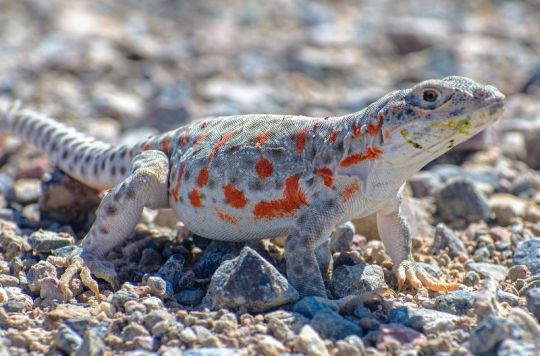
The Long-nosed Leopard Lizard (Gambelia wislizenii) changes between dark and light colors to avoid predator detection.
During mating season, females display orange freckles.
After mating, females will lay eggs. Fortunate for her children, the young hatch when the adults are inactive. This provides them time to live out their youth without falling prey to cannibalism. Once adults, they'll lay flat beneath bunchgrass and shrubs, evading predators and stalking prey. When a meal approaches, they are capable of leaping two feet from out of cover, long jaws extended.
Tragically, their central Californian cousin, the blunt-nosed leopard lizard (Gambelia sila) is an endangered species.
Photograph by Rod Colvin / USFWS
via: Desert National Wildlife Refuge
16 notes
·
View notes
Photo

Young Performer(s) of the Year / Jeune artiste(s) de l’année Fiddelium (Fiddelium) Paige Penney (Fingers Crossed) The Fiddlaires (Fiddletainment) The Oot n' Oots (Ponderosa Bunchgrass and the Golden Rule) The Receivers (The Receivers) https://ift.tt/jKwABS8
2 notes
·
View notes
Text
Walking Through The Bunchgrass
Basin Wild Rye bunchgrass, home to small creatures and songbirds, becomes a maze of messages for the wandering dog
#smallpoems #clmooc #poetry24 #wildrye #basinwildrye #bunchgrass #dailywalk
Daily Note
Every day, a photograph, a poem. We took Guthrie to a new walking spot today, along the very old highway from the 1930’s before the dam was built. It’s part of Steamboat Rock State Park and leads right into the Banks Lake; it’s no longer a road, though, but rather a great dog walk directly through the surrounding bunch grass and other plants.
Here’s another of the plants– a maze of…
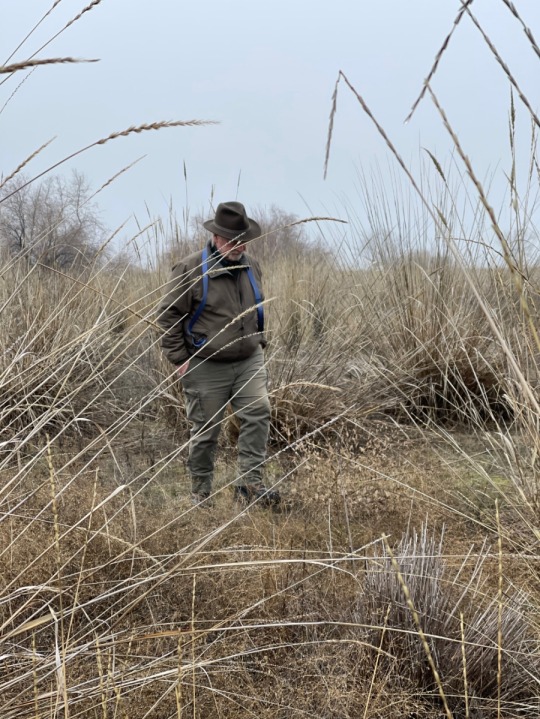
View On WordPress
1 note
·
View note
Link
0 notes
Text
Yancey Brother's Long Ride to Cascade Mountain Range
Yancey Brother’s Long Ride to Cascade Mountain Range
Long Mountain Ride of Youth
Oregon’s most youthful vaqueros, Donald Yancey 10, and Robert Yancey 13, arrived in Halsey, with 33 horses from the Bunchgrass range country near Prineville. The two brothers and their father Orville drove the herd from the family’s 17,000-acre ranch near Prineville. Cold mornings, hard riding, swarms of mosquitoes and a stampede are the memories Bob and Don Yancey…
View On WordPress
1 note
·
View note
Text
Capturing 40 years of climate change for an endangered Montana prairie
Capturing 40 years of climate change for an endangered Montana prairie
Over 40 years of monitoring, an endangered bunchgrass prairie became hotter, drier and more susceptible to fire annually — but dramatic seasonal changes (not annual climate trends) seem to be driving the biggest changes in plant production, composition, and summer senescence. Gary Belovsky and Jennifer Slade of The University of Notre Dame, Indiana, present these findings in the open-access…

View On WordPress
0 notes
Text


Little bluestem (Schizachyrium scoparium), another prairie bunchgrass that is at its most striking when not subjected to a landscaper's neurotic fall buzzcuts. The new leaves are very green right now, but here's a plant from just down the road during last summer's intense heat and drought:
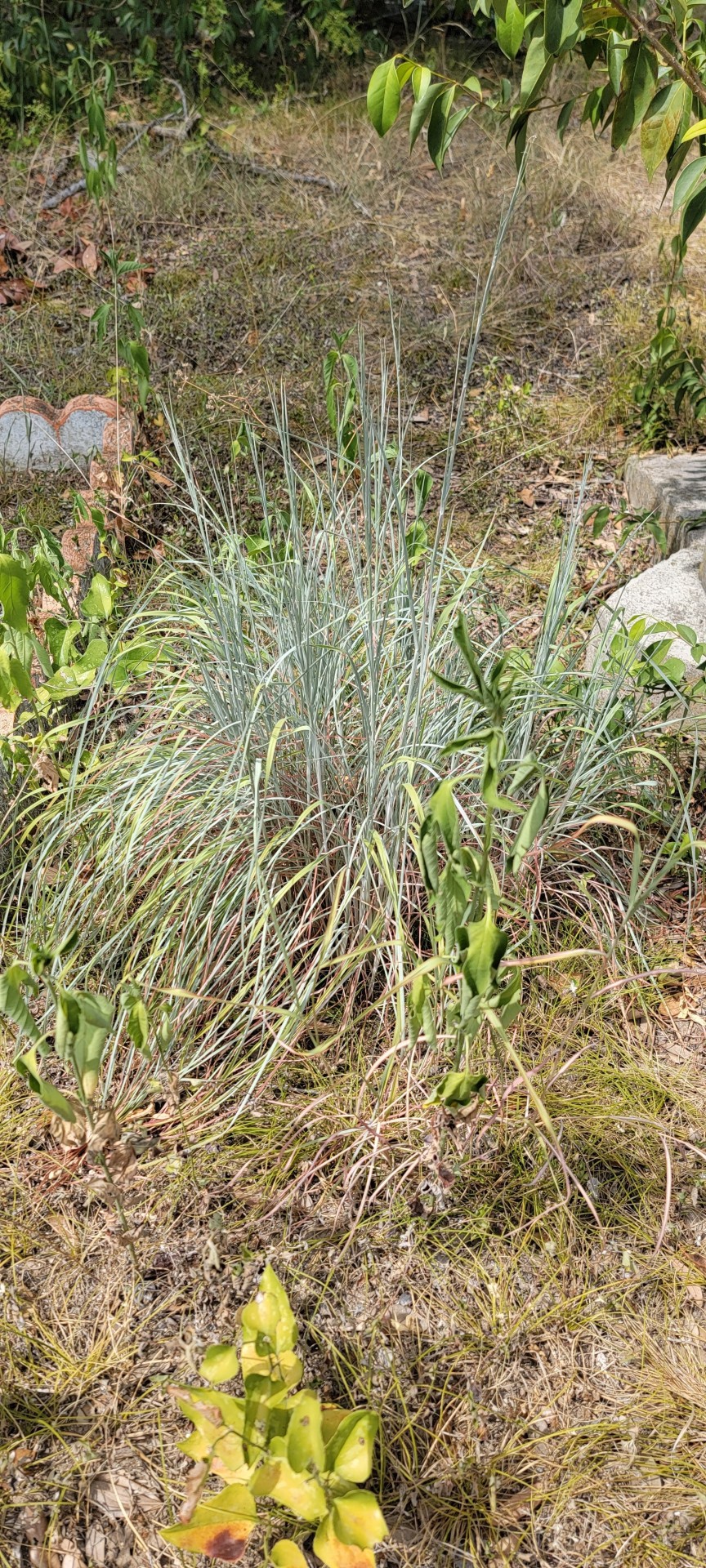
8 notes
·
View notes
Text
Oh also spent a lot of the afternoon staring closely at my backyard to notice slightly different shades and shapes of green, or more likely the tiny white flower of bittercress plants and snipe them before they can go to seed
It's tedious and repetitive, but it pays off, after two years doing this for purple deadnettle I'm seeing only very isolated sprouts this year for stuff that apparently stayed in the seed bank for 3
Also clearing like 6 of the broadest and roughest-bladed, leggiest, or just badly shaped grass species, it helps that mowed-short grass seed mostly doesn't travel that far so even if something survived to set seed previously there's just a patch of special interest around there to focus on and I don't need to go hunting all across the yards for rogues (though I can pretty readily distinguish between at least 20 grass species on sight – I can't say "oh that's #16", but I'm like "oh, that's one of those shorter-habited non-creeping non-bunchgrasses with more but thinner blades so it really cultivates moisture down there, but not the one that's really more yellow-green towards the base or the one that feels fluffy"
2 notes
·
View notes
Text
AUTUMN BEGINS
-by Meng Hao-jan
Autumn begins unnoticed
Nights slowly lengthen
And a little at a time clear winds
Turn much colder
Summer's blaze gives way
My thatch hut grows still
At the bottom stair in bunchgrass
The lit dew shimmers
#poetry#poets on tumblr#poems on tumblr#poem#writers and poets#poetry on tumblr#writers on tumblr#poetscommunity#poetrycommunity#dead poets society
0 notes